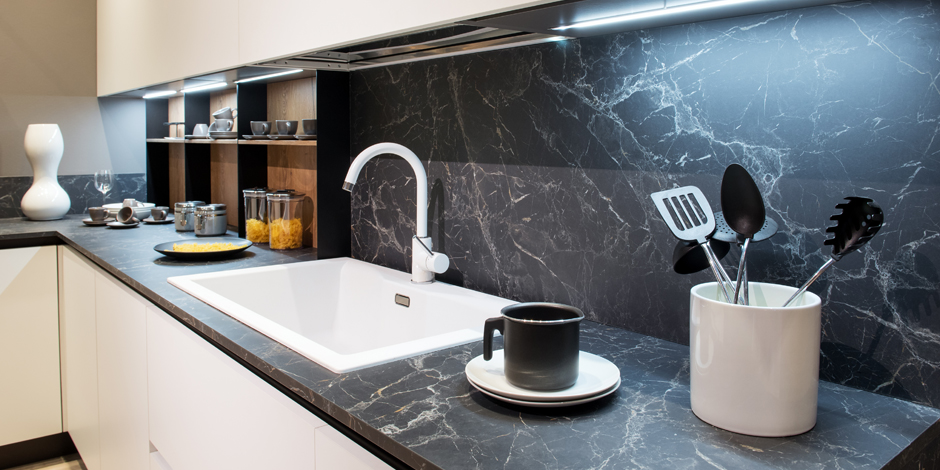As a leading provider of quartz countertop repair, restoration, and refinishing services in the Philadelphia, PA area, our company, Tri-state Quartz Repair, is often asked about the origin of natural quartz. In this article, we will delve into the history and origin of natural quartz, and how it became a popular material for use in countertops.
Quartz is a mineral that is abundant in the earth’s crust. It is composed of silicon dioxide, which is one of the most common substances on the planet. Quartz crystals can be found in a variety of colors, including clear, pink, purple, and brown. The mineral is found in many different types of rocks, including granite, gneiss, and sandstone.
The formation of natural quartz begins deep in the earth’s crust, where high temperatures and pressure cause the mineral to crystallize. Over time, the quartz crystals are brought to the surface of the earth through volcanic activity or erosion.
One of the most famous sources of natural quartz is Brazil, which produces some of the world’s highest quality quartz crystals. Other countries known for producing high-quality quartz include Madagascar, the United States, and Russia.

Quartz has been used for a variety of purposes throughout history. Ancient cultures used quartz crystals for tools and weapons, as well as for decorative purposes. The ancient Egyptians used quartz to make jewelry, and the Greeks believed that quartz was water frozen by the gods.
In more recent times, quartz has become a popular material for use in countertops. The use of quartz in countertops began in the 1960s, when an Italian company called Breton developed a process for producing engineered quartz. This process involved mixing natural quartz with resin and pigments to create a material that was durable, non-porous, and easy to maintain.
The popularity of quartz countertops has continued to grow in recent years, as homeowners seek out low maintenance, durable, and stylish countertop materials. Quartz is now one of the most popular materials for use in countertops, alongside granite, marble, and other natural stone materials.
In addition to its durability and low maintenance needs, quartz also offers a range of aesthetic options. Quartz can be produced in a wide range of colors, patterns, and textures, making it a versatile material that can be used in a variety of interior design styles.

When it comes to cleaning and caring for quartz countertops, it is important to use the right products and techniques. As mentioned earlier in this article, using a mild detergent and warm water, along with a soft cloth or sponge, is the best way to clean quartz countertops. Avoid using harsh chemicals or abrasive cleaners, as these can damage the surface of the quartz.
To care for your quartz countertops, it is important to use cutting boards and trivets to protect the surface from scratches and heat damage. You should also avoid placing heavy objects on the surface, as this can cause cracking or other damage. Using coasters for drinks can also help prevent etching caused by acidic substances.
If your quartz countertops do start to show signs of wear and tear, our company, Tri-state Quartz Repair, can help. We offer quartz refinishing services to restore your countertops to their original beauty. Our refinishing process involves removing scratches and other surface damage, polishing the surface, and sealing the countertop to protect it from future damage.
Quartz is a naturally occurring mineral that can be found in a variety of rocks, including igneous, metamorphic, and sedimentary rocks. Due to its hardness, quartz is resistant to erosion compared to the surrounding rock material. This means that over time, as the surrounding rock erodes, the quartz remains behind. This process can be observed in many white sandy beaches, which are often made up of eroded quartz from nearby rocks.






 Content Writing
Content Writing Video Marketing
Video Marketing Graphic Design
Graphic Design Lead Magnet Creation
Lead Magnet Creation Content Marketing
Content Marketing